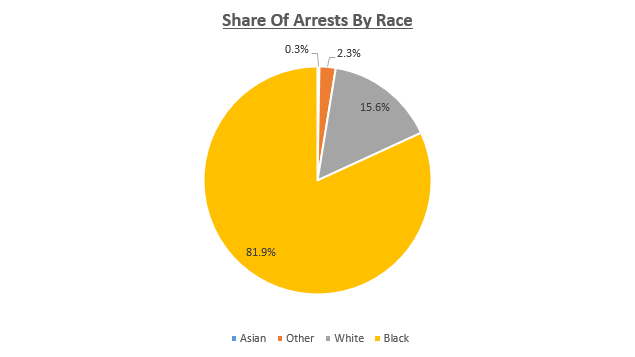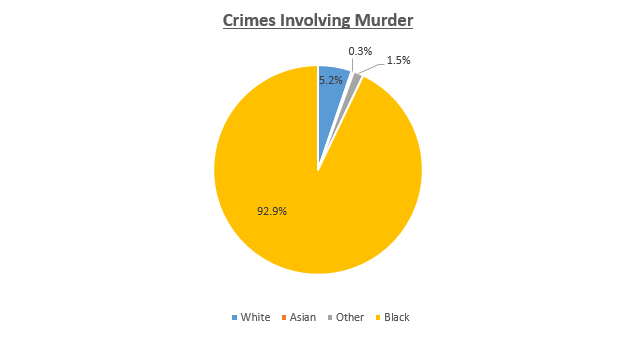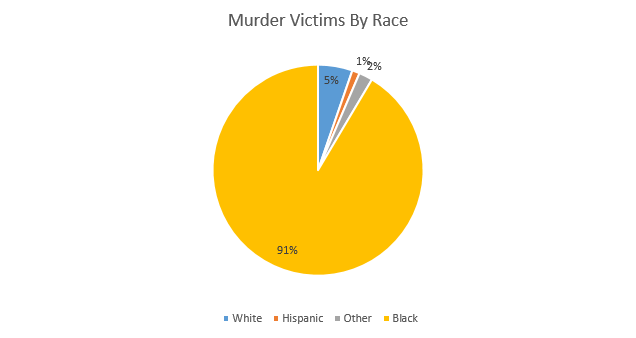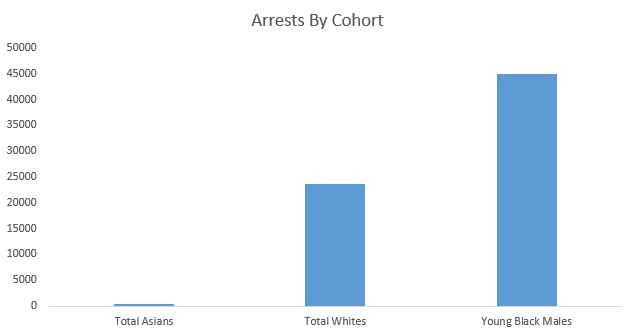Math and science are built upon axioms. Very simply, an axiom is something that is always true by its nature. An example is the reflexive property in algebra. A number is always equal to itself. Axioms are the building blocks, from which new truths are discovered. A proof is an inferential argument for a mathematical statement, using other previously established statements. That means a proof can be traced back to those axioms that are the foundation of mathematics.
This is how we accumulate knowledge about the physical world. The proofs based on those building blocks are incorporated into new building blocks. The theorems and proofs multiply, slowly building up the stock of things we know to be true. Calculus was built upon algebra and physics was built upon calculus and so on. It why a student can quickly go from zero to trying to discover new truths about the world. They inherit a supply of things assumed to be true.
This accretive process of increasing our stock of knowledge is not limited to math and science. It is the way human societies evolve over time. We start with basic truths about the human condition and the realities we face as a society. Over time we acquire new knowledge, by building on what we know or that which we think we know. For example, libertarians rely on the concept of homo economicus. This asserts that humans are consistently rational and self-interested agents pursuing their ends optimally.
In theory, at least, this is the basis of democracy. One side builds a set of policies and proposals, allegedly based on the assumed truths. The other side does the same thing arriving at different policies. After a vigorous examination of the competing claims, a consensus is formed around one solution. If it works out, then that becomes part of society’s truths, from which new problems will be addressed in the future. That is not really how it works, but people believe it. It is axiomatic that democracy works this way.
What we know to be Western liberal democracy, assumes certain things about humanity to be true all the time. The blank slate is the most obvious example. Everything about our politics and culture assumes that humans are infinitely malleable. From school policy to prison reform, public policy assumes that people can be whatever they choose, because they have free will and a blank slate that can be erased and re-illustrated at any point in their life. You are what you make of yourself.
It is how our rulers arrived at the idea of open borders. Those foreigners can be re-purposed into tax paying Westerners, through education and enculturation, to pay the pensions of the native stock. Those Somali goatherds can be plopped down into Minnesota and over time, develop all of the habits of the average Minnesotan, just by emulation and proximity. Race laws are all based on the assumption that you can train people to stop noticing racial difference and therefore, end racism.
Of course, science is putting the lie to the blank slate. Genetics is filling out the truth of the human condition, which is that we are the result of our coding. We are the product of thousand of mating decisions made before us. Everything from our height to our sense of humor is baked into our genetic coding. Our health outcomes and our life outcomes are the results of that coding. Not surprisingly, the closer our coding is to others, the greater the similarities.
While no one is prepared to say free will is a lie, at least not publicly, no serious person accepts that we are infinitely malleable. The argument that you can change your personality is as nutty as saying you can make yourself taller or younger. This reality used to be a building block of Western thought but was “discredited” by the blank slate theorists, but it is now being reestablished by genetics. In other words, one of the main building blocks of modern social democracy is about to crumble.
That is a big one, but it is not the only one. Both Freudian and Jungian psychology still cast a long shadow over Western culture. Freud is no longer taken seriously, outside of his historical importance. The idea that your emotional state is the product of childhood sexual trauma is a click less realistic than phrenology. Jungian psychotherapy is also being overrun by neuroscience. Few people still think they can be talked out of their madness anymore. Instead, pharmaceuticals are used to treat diseases of the brain.
It is not just the quackery. The moral philosophy that underlies our political philosophy is similarly built on a foundation of nonsense. The Enlightenment thinkers all started by considering man’s natural state. It was either a harmonious communal existence or a brutal war like existence. From both starting points, they worked forward to build a model how man went from the state of nature to what was then civilization. The resulting moral philosophy is the basis of our political and legal philosophy today.
Property rights, the rule of law, the relationship of man and state, these are all based on those assumptions about man’s natural state. Libertarians and so-called Conservatives take the Lockean position that society is built upon the social contract. Those on the Left assume Hobbes was right and order must be imposed on society. Marxists further accept the materialist claims about the nature of man. All of the iterations and flavors of political ideology are rooted in one of those two broad assumptions about humanity.
Those assumptions are all wrong. We know that much now. Better archaeology and anthropology are helping illuminate the pre-history mankind. Evolutionary biology is also helping explain the fossil and archaeological record. Genetics, of course, are re-writing the map of mankind, explaining how we spread across the globe. What we are finding out is that man, in his “natural state” was not what Hobbes imagined nor what Locke imagined. Man’s “natural” state is much more complicated and much more local.
The implication should be obvious. As the underlying assumptions give way to new knowledge, the conclusions built on those assumptions must give way. If tomorrow we learn that two plus two is not always four, everything we know about the world stops making sense. If everything we thought we knew about man and civilization turns out to be wrong, we suddenly do not know a whole lot about how we should organize ourselves, other than the old rules are probably not going to work.
It seems today that Western societies are painfully re-learning things that were common knowledge a few generations ago. The old axiom, fences make good neighbors, was replaced with “diversity is our strength.” Every time a swarthy fellow blows up in the public square, we inch a bit closer to the realization that diversity is a nightmare. That is the part we see. The part we do not see, at least not yet is the crumbling of the foundation of the modern West.







